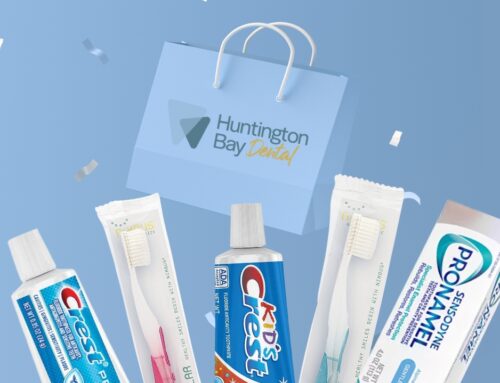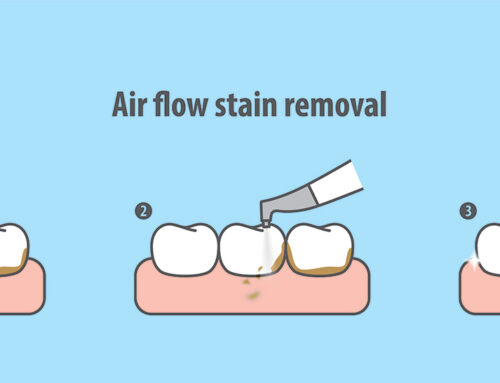Benefits of Panoramic Radiographs
Benefits of Panoramic Radiographs
Amanda Heilman, RDH
Two different types of radiographs (x-rays) in a dental office are intraoral and extraoral. Intraoral x-rays are ones taken inside of your mouth. These are your routine “check-up” x-rays. Another kind that we will discuss further today, is an extraoral x-ray. There are different kinds including dental CT scans, cepahalometric (used in orthodontics), and panoramic (or panorex) which we will reviewing.

A panoramic x-ray is an extraoral x-ray taken with a machine that you typically will stand in (if able) and it moves around your head. This radiograph utilizes a very small amount of radiation. While this type of radiograph is not ideal for diagnosing cavities, it does have many benefits and allows the dentist to check areas that wouldn’t be visible otherwise.
There are different ages that we routinely recommend a panorex for our patients. For younger children, it is used as a valuable tool before, during, and after orthodontics. It allows us to see all of the teeth that are present in the mouth and still forming below the gums. It is also how we can see if patients have any congenitally (since birth) missing teeth.
A panorex is often used to evaluate for the presence and position of third molars (wisdom teeth). It is recommended to be taken around the age of 17 to check for these teeth. Every patient is different and this is the average age. It helps in our determination if an oral surgery referral is needed.
It is a benefit to every adult patient to have a panorex taken as a baseline and to have it updated periodically every 5-10 years depending on your individual needs. In addition to the situations mentioned above, a panorex shows us a wide variety of information that otherwise wouldn’t be seen. It is a two-dimensional image of the entire mouth. We are able to see your entire jaw, your temporomandibular joints (TMJs), your sinuses, and hard palate. It shows us around all of the roots of your teeth to visualize if any infections or cysts are present. We invite you to ask your hygienist or dentist more about this beneficial image at your next appointment with us.





